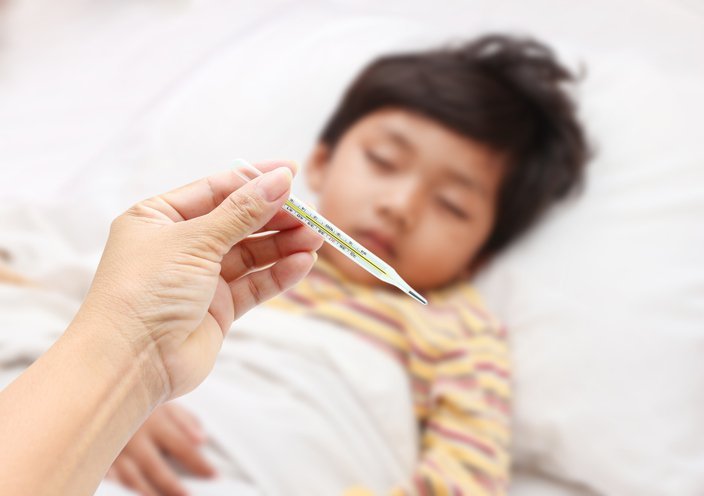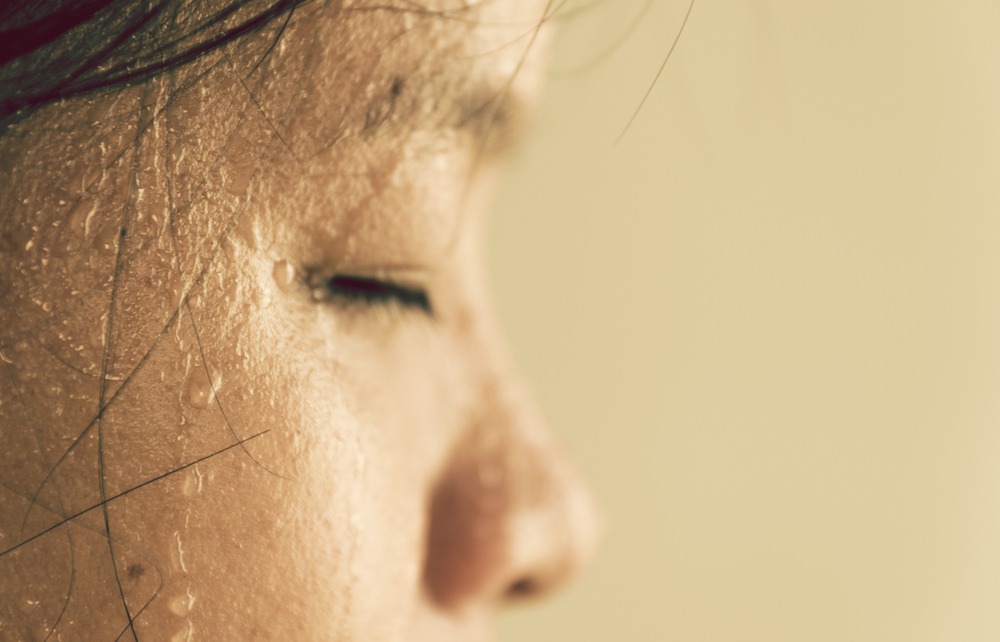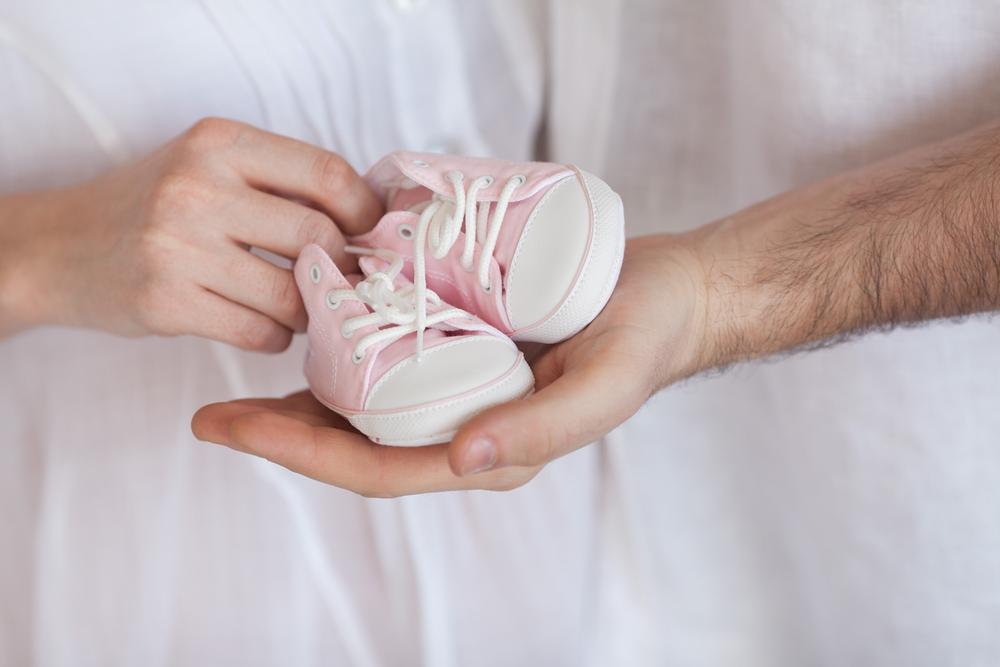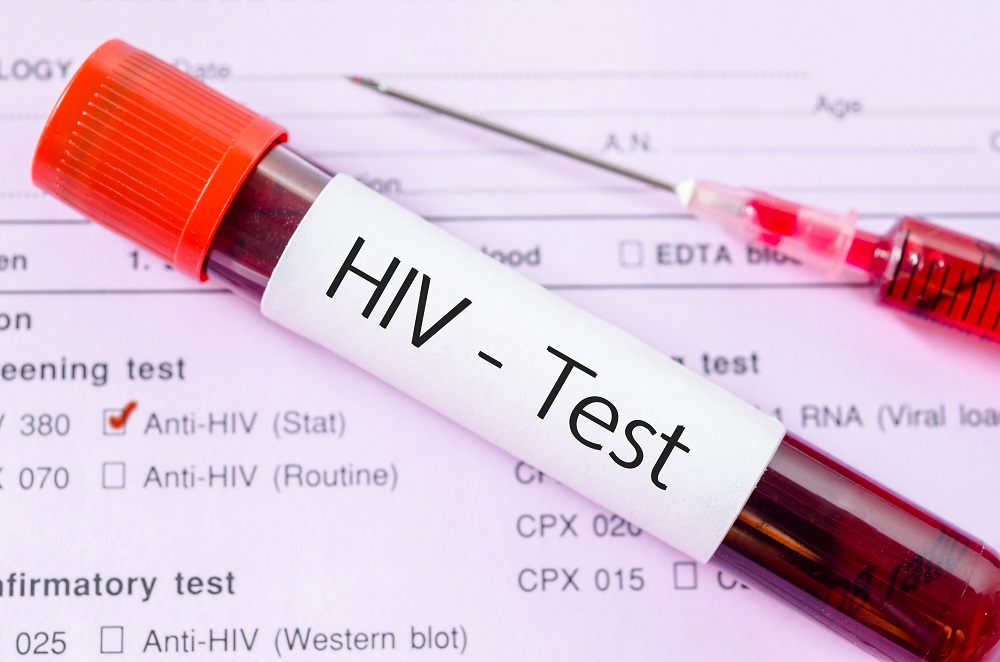Contents:
- Medical Video: Kawaski Disease: Committed to a Cure
- Phase of Kawasaki disease
- First phase
- Second phase
- Third phase
- Causes of Kawasaki disease
- Infection
- Genetics
- Other theories
- Treatment
- Aspirin
- Intravenous immunoglobulin
Medical Video: Kawaski Disease: Committed to a Cure
Kawasaki disease is a condition that causes inflammation in medium-sized artery walls throughout the body, including the coronary arteries that supply blood to the heart muscle. Kawasaki disease is also called mucocutaneous lymph node syndrome because it also affects the lymph, skin, and mucous membranes in the mouth, nose and throat. This is a rare condition that mainly affects children under the age of five.
Symptoms in this case are high temperatures that last more than five days accompanied by a rash, swollen glands in the neck, dry and cracked lips, red toes or hands, and red eyes. After a few weeks, the symptoms become less severe, but can last longer. At this stage, the affected child may experience exfoliation of their fingers and toes.
Phase of Kawasaki disease
Symptoms of this disease appear in phases.
First phase
Signs and symptoms in the first phase may include:
- Fever that is often higher than 39 ° C and lasts more than 5 days
- The eyes are very red (conjunctivitis) without a lot of fluid
- Rash in the main part of the body and in the genital area
- The lips are red, dry and cracked, and the tongue is swollen and very red
- The skin on the palms and soles of the feet swells and turns red
- Swelling in the lymph nodes in the neck and possibly elsewhere
- Irritable nature
Second phase
In the second stage of this disease, sufferers can develop:
- Exfoliation of the skin of the hands and feet, especially at the fingertips, often in large sheets
- Joint pain
- Diarrhea
- Gag
- Stomach ache
Third phase
In the third phase, signs and symptoms slowly go away, unless complications develop. This may occur for eight weeks before the energy level appears to return to normal.
Causes of Kawasaki disease
Infection
The symptoms of Kawasaki disease are similar to infections, so bacteria or viruses may be responsible, but so far the cause has not been identified. This disease cannot be transmitted from one person to another, so it is not possible if this condition is caused by a virus. Kawasaki disease usually does not affect infants under six months, although sometimes very young children can develop conditions.
Genetics
Children who have Kawasaki disease may tend to be caused by genetics. This means that parents have an influence on init disease. And maybe not just one gene is responsible, maybe this is also the result of many genes. Kawasaki disease is more common in children from northeast Asia, especially Japan and Korea. This also shows genetics is very influential.
Other theories
There is a theory that this disease may be caused by an autoimmune condition, in which the immune system attacks healthy tissue and organs. Other theories also show that this disease may be a reaction to certain drugs or environmental pollution, such as chemicals or toxins.
Treatment
To reduce the risk of complications, your pediatrician will want treatment as soon as possible for your child. The goal of the initial treatment is to reduce fever and inflammation, and prevent heart damage. To achieve this goal, the doctor may recommend:
Aspirin
Your child may be prescribed aspirin if you have Kawasaki disease. This is one exception to the regulation of aspirin use in children under 16 years. Never give aspirin to your child unless prescribed by a health professional, because it can cause side effects, including Reye's syndrome. Treatment for taking aspirin for this disease can begin if the fever persists.
Aspirin may be used for kawasaki disease, because:
- Can relieve pain and discomfort
- Can help reduce high temperatures (fever)
- At high doses, aspirin is anti-inflammatory, it reduces swelling
- At low doses, aspirin is antiplatelet, it prevents the formation of blood clots
Intravenous immunoglobulin
Intravenous immunoglobulin (IVIG) is an antibody solution taken from a healthy donor and injected directly into a patient's vein. Research has shown IVIG can reduce fever and the risk of heart problems. Immunoglobulin commonly used to treat kawasaki disease is gamma globulin. If the patient is still experiencing symptoms after IVIG, they can be given a second IVIG dose.
READ ALSO:
- What You Need To Know About Sickle Cell Disease
- Get to know the four types of rare bone diseases
- Cold Air Does Not Cause Flu












